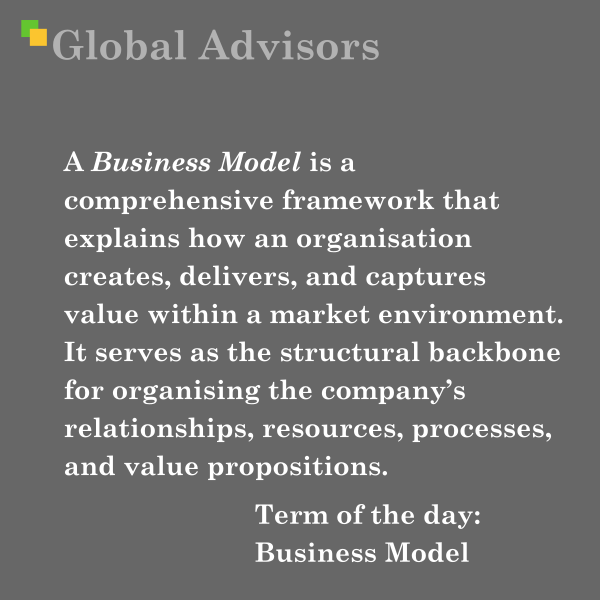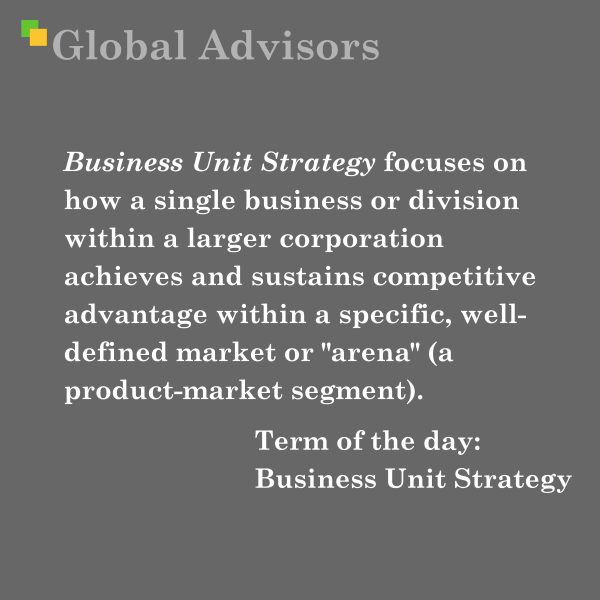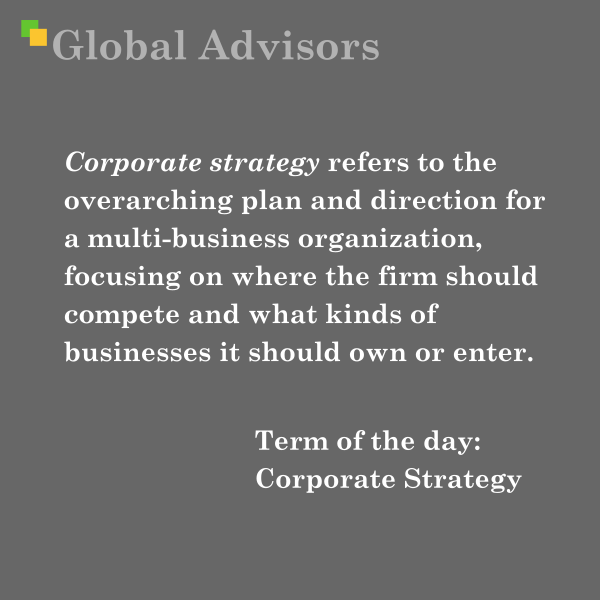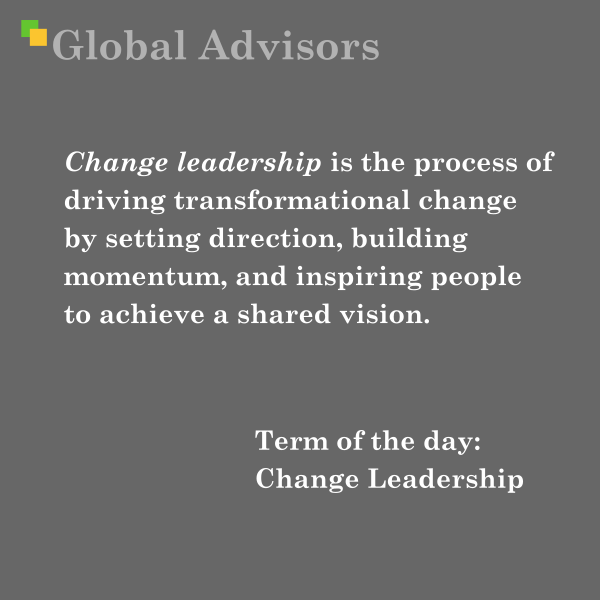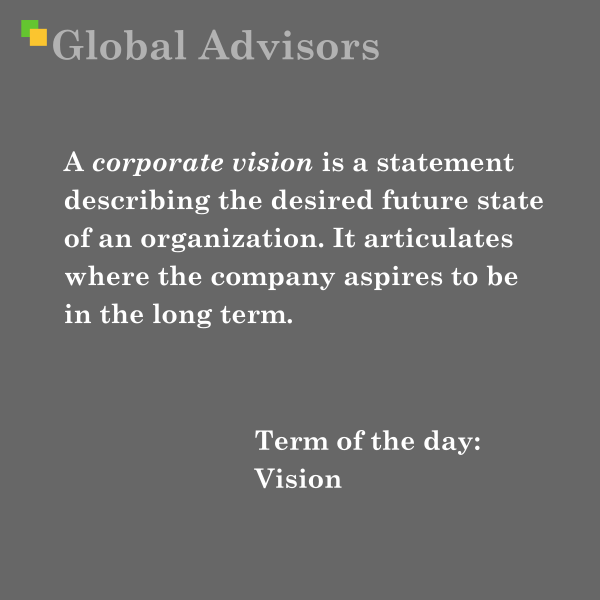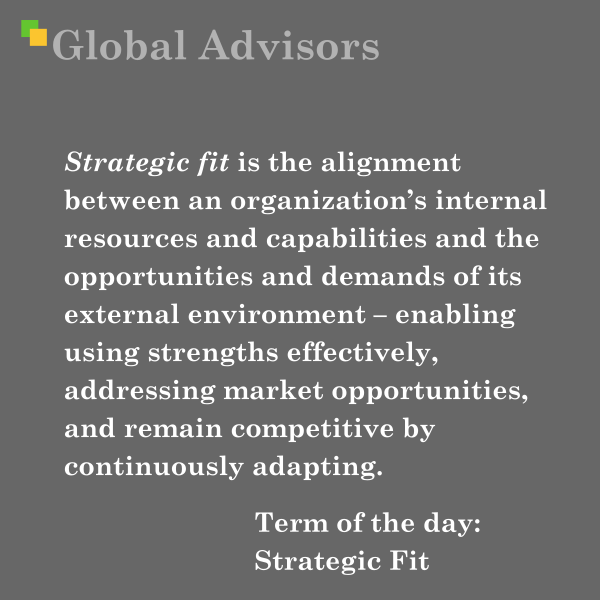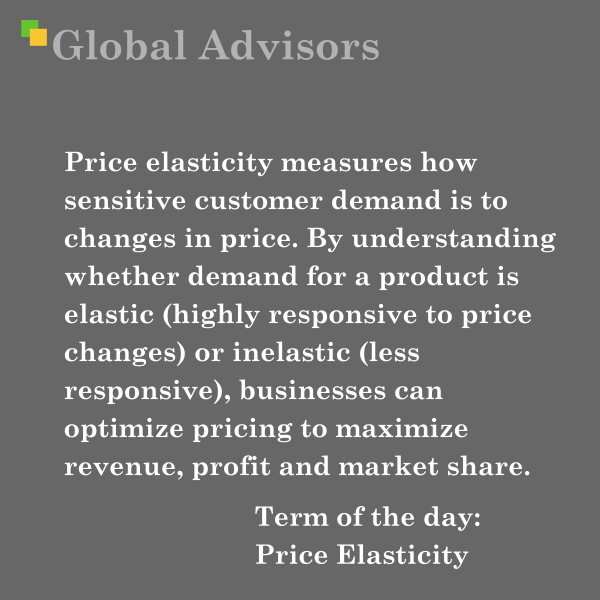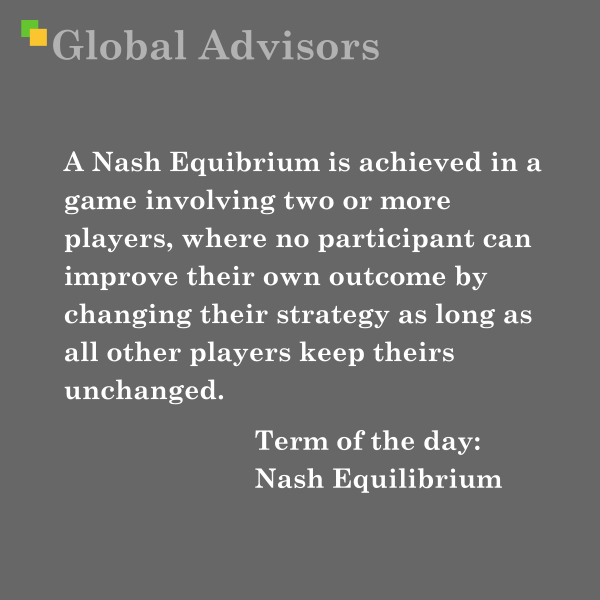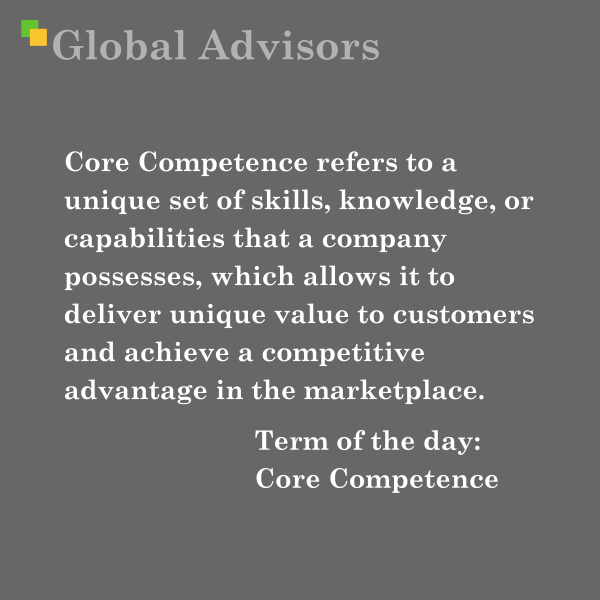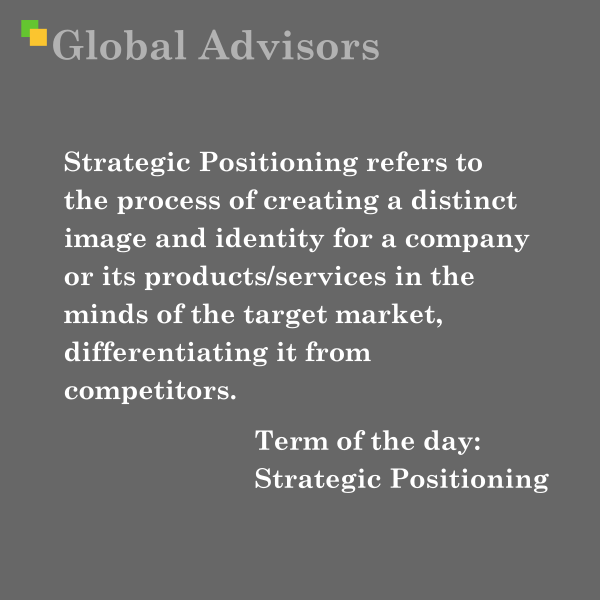A business model is a comprehensive framework that explains how an organization creates, delivers, and captures value within a market environment. It serves as the structural backbone for organizing the company’s relationships, resources, processes, and value propositions, tying together various elements such as:
- Target customer segments
- Value proposition (the unique value offered to these customers)
- Channels (how value is delivered)
- Customer relationships
- Revenue streams
- Key resources and activities
- Key partnerships
- Cost structure
Unlike a business strategy, which is a dynamic plan of action for achieving competitive objectives and responding to market conditions, the business model is more static and foundational: it is the platform on which strategies are executed. The business model articulates the logic of the business, while the strategy outlines how to compete and succeed using that model.
Related theorist: Alexander Osterwalder
Osterwalder is widely recognized for developing the Business Model Canvas, a strategic management tool that systematically lays out how a company creates, delivers, and captures value. His work, together with Yves Pigneur, has been foundational in both academic and practical discussions about business models, making him the leading authority in this area.
“A business model describes the coherence in the strategic choices which facilitates the handling of the processes and relations which create value on both the operational, tactical and strategic levels in the organization. The business model is therefore the platform which connects resources, processes and the supply of a service which results in the fact that the company is profitable in the long term.”
From a strategic perspective, the business model defines how the business system fits together—what markets to serve, what offerings to provide, and how to earn profits. Business models can evolve rapidly and require regular innovation to adapt to changing environments, emerging technologies, and shifting customer needs.
In summary, the business model is a structural representation of how a company operates profitably, sustains itself, and interacts within its ecosystem, enabling effective strategy execution.
